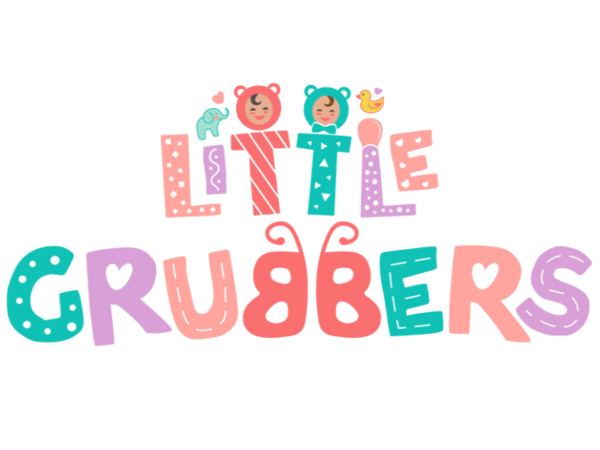Why Iron is Essential for Your Baby’s Growth
Iron is one of the most important nutrients for babies—it supports brain development, helps carry oxygen in the blood, and keeps their energy levels up. But did you know that many babies don’t get enough iron from their diets alone?
As a busy parent, you want to make sure your little one gets the right nutrients without extra stress. In this guide, we’ll cover everything from why iron is important to which foods are best for boosting baby iron intake.
How Much Iron Does Your Baby Need?
Your baby’s iron needs depend on their age and diet:
- Newborns (0-6 months) get enough iron from breast milk or iron-fortified formula.
- 6-12 months: Needs increase to 11 mg of iron per day as they start solid foods.
- Toddlers (1-3 years): Need about 7 mg per day as they eat a variety of foods.
Since breast milk is naturally low in iron, introducing iron-rich baby foods at 6 months is essential to prevent iron deficiency in babies.
Best Sources of Iron for Babies
There are two types of iron found in food:
1. Heme Iron (from animal sources) – More easily absorbed by the body.
-
- Beef, chicken, turkey
- Fish (like salmon)
- Egg yolks
2. Non-Heme Iron (from plant sources) – Needs vitamin C for better absorption.
-
- Lentils, beans, chickpeas
- Spinach, kale, broccoli
- Iron-fortified cereals and grains
💡 Tip: Pair non-heme iron foods with vitamin C (like oranges, tomatoes, or bell peppers) to help boost absorption.
Easy Iron-Rich Baby Meals
🍳 Breakfast: Scrambled Eggs & Avocado Toast
- Scrambled eggs (iron-rich!)
- Whole wheat toast with mashed avocado
- Small side of mashed strawberries (vitamin C)
🥘 Lunch: Lentil & Veggie Puree
- Cooked lentils blended with steamed carrots and bell peppers
- Served with a side of soft, diced tofu
🍗 Dinner: Chicken & Sweet Potato Mash
- Shredded chicken breast
- Mashed sweet potatoes
- Steamed broccoli for extra iron
Signs of Iron Deficiency in Babies
Even with a healthy diet, some babies may still struggle to get enough iron. Watch for signs like:
❌ Pale skin or lips
❌ Unusual tiredness or fussiness
❌ Slower growth or developmental delays
If you notice these signs, talk to your pediatrician about checking your baby’s iron levels.
Encouraging Self-Feeding with Iron-Rich Foods
Iron-rich foods don’t have to be a struggle! Encourage your baby to self-feed with easy-to-grasp foods like soft-cooked beans, scrambled eggs, or shredded chicken.
🍽️ Try this: Use the [Little Grubbers 3-in-1 Baby Spoon]to help your little one practice self-feeding while enjoying nutritious meals!
Final Thoughts: Keeping Your Baby’s Iron Levels Healthy
Making sure your baby gets enough iron doesn’t have to be complicated. By offering a variety of iron-rich foods, pairing with vitamin C, and watching for signs of deficiency, you’re setting them up for a strong, healthy future!
💛 Need help with self-feeding? The [Little Grubbers 3-in-1 Baby Spoon] makes it easy for your baby to enjoy iron-rich meals on their own! 💛
What are your baby’s favorite iron-rich foods? Share in the comments! 😊

